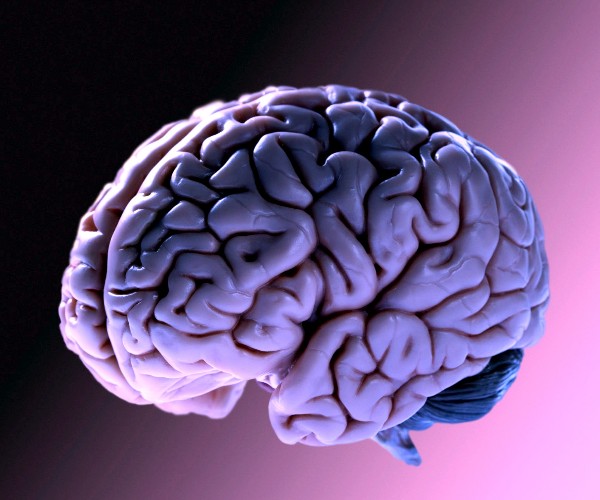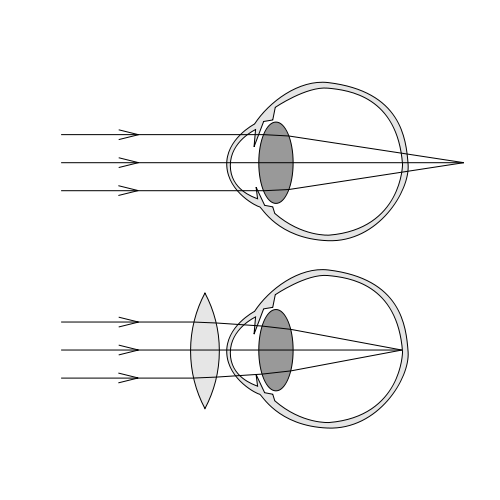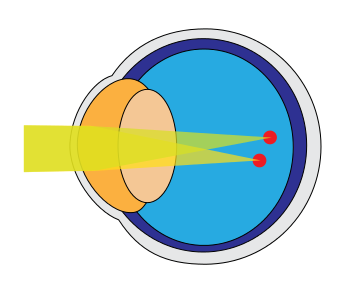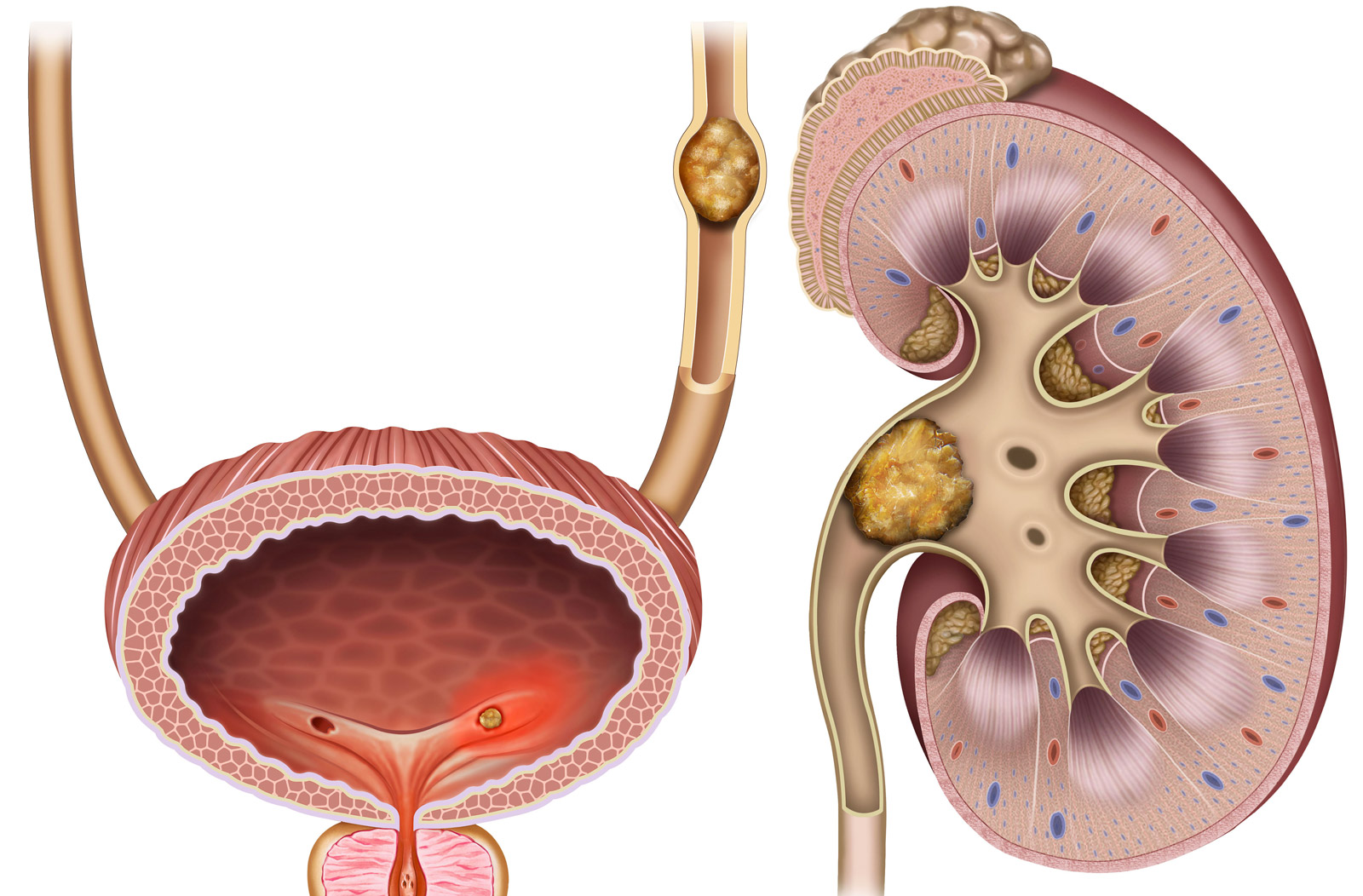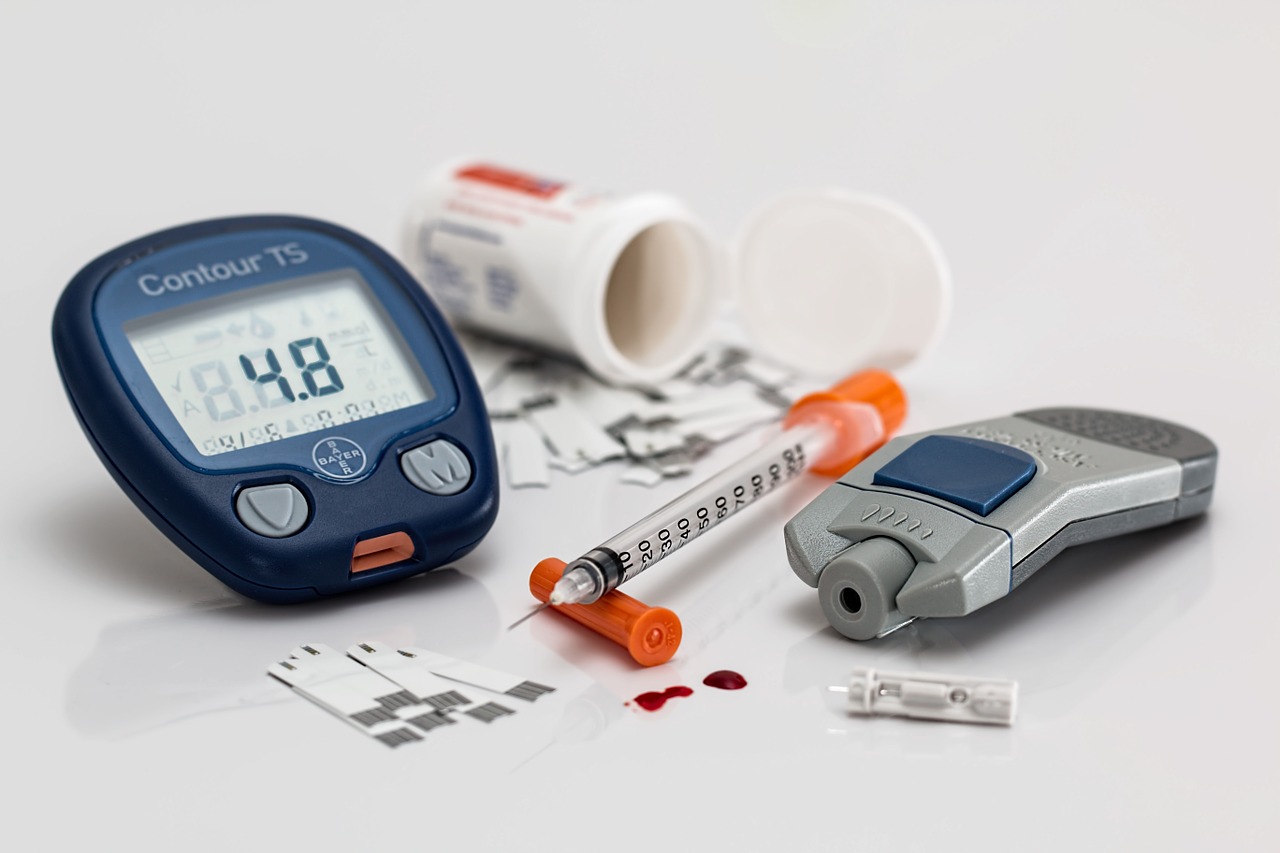Whether it is a premonitory, revelatory dream or a nightmare, dream interpretation and the dream world have always fascinated people of all times, especially the most distinguished figures in the fields of sociology and psychology. But what exactly is a dream? Literally speaking, dreams are representations made up of thoughts, voices, images and sounds that come to life in our minds while we sleep. The protagonists of our dreams can be both people familiar to us but also strangers we have never seen before; moreover, a dream can be a mere representation of a memory we have already experienced, or show us something new, an event we have never experienced on our own skin.
This last aspect is the one that most fascinates dream scholars, among whom we cannot fail to mention Sigmund Freud (author of the book “The interpretation of dreams“) who thought of dreams as a means of expression of our subconscious, and thus can reveal intrinsic traits of our personality, subconscious and mind, which may remain hidden during waking periods. But what happens during a dream? What are the oddities that can occur and how should they be interpreted?
Dream Interpretation
According to Freud ‘s theories, on which modern psychoanalysis and most subsequent theories are based, dreams are to be interpreted as the manifestation of our hidden desires, removed from our consciousness, which finds them unacceptable, particularly infantile ones. Dreams also have both manifest content and latent, hidden content: the latter, which represents the true meaning of the dream is thus obscured by censorship and must be reconnected to the former through the psychoanalytic method. There are also other theories of dream interpretation such as that of Jung, who at first was close to Freud but later broke away from his theories, that dreams should be seen as reinterpretations of episodes or events in our daily lives. The interpretation of dreams is not easy without the help of an expert, as it is very subjective and depends on a person’s daily life and past experiences, but writing down dreams in the morning on a piece of paper and noting down the symbols (objects, people or animals) and emotions felt in the dream can help in this regard.
Curiosities about dreams
A first characteristic (and oddity) of dreaming, unknown to many, is the fact that while dreaming most people cannot read. But in addition to this it is also almost impossible to consult the time on the clock, the clock will in fact tell a different time every time you look at it. Dreams can often turn into nightmares in which we are burdened with feelings such as anxiety, terror and even physical pain. In fact, it has been shown that even simply inducing tingling in someone’s foot causes him to dream of foot discomfort. But the emotions experienced during dreams can also be very positive as joy e happiness, especially when we talk about lucid dreams, i.e., those dreams in which the subject is aware that he or she is dreaming and realizes his or her innermost desires, such as flying, time travel, or playing a superhero (especially for children and adolescents).
About 80 percent of dreams also are in color, although there are still a percentage of individuals who claim to dream in black and white. Finally, dreaming helps the memory to memorize what we read or study before falling asleep, to a significantly greater extent than those who fall asleep but do not dream.
When do you dream?
When we sleep we go through two distinct phases: the REM phase and the NREM phase. According to experts, the individual dreams more in the REM phase (the one closest to waking), during which many respondents report interacting in their dream with as many as 3-4 different characters (usually part of their real life). It may happen, however, that one also dreams in the NREM phase, although in this case the dream may accommodate multiple characters, sometimes unknown to the dreamer.



















